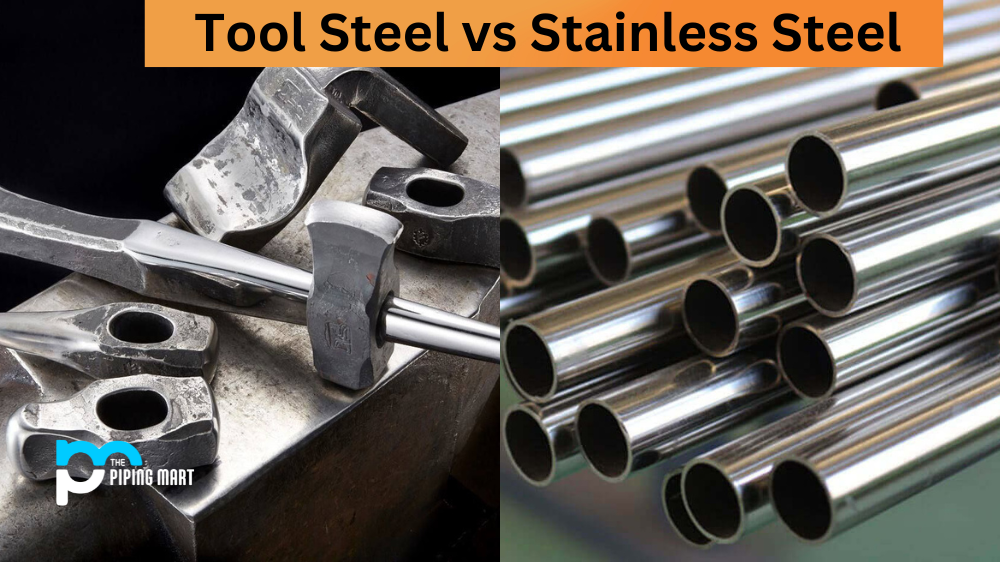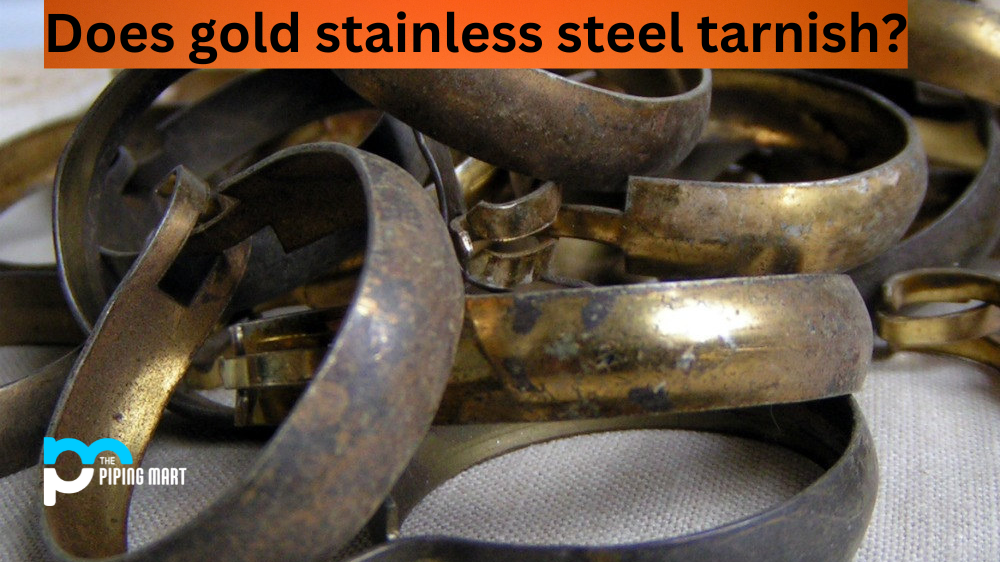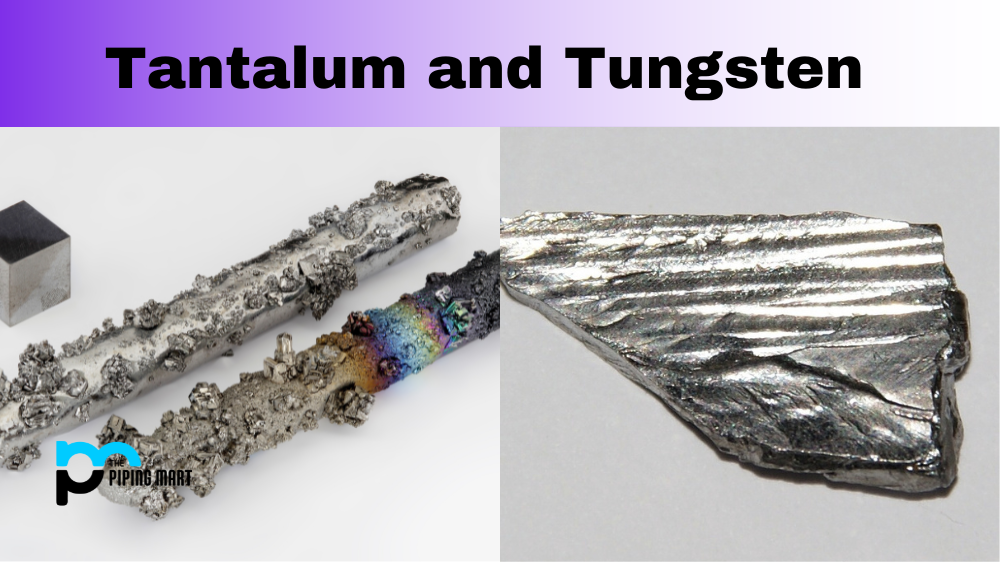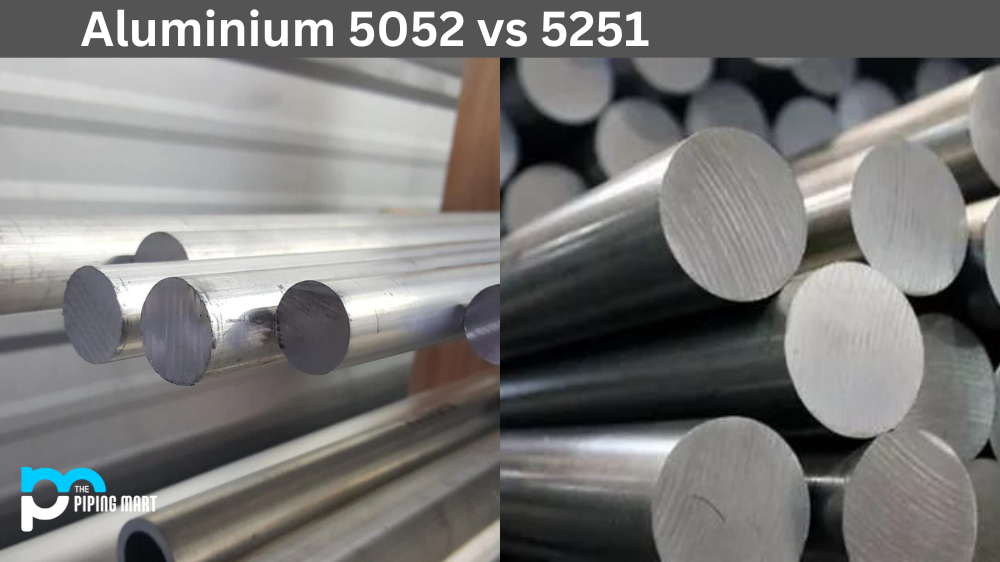Tool steel and stainless steel are two of the most commonly used metals in manufacturing. They have many similarities, such as their strength and durability, but they also have some very distinct differences. In this blog post, we’ll be taking a closer look at the differences between tool steel and stainless steel to help you decide which one is right for your project.
What is Tool Steel?
Tool steel is a type of carbon steel that is well-suited for making tools. It is hard and durable and is able to withstand high temperatures. Tool steel typically contains a higher amount of carbon than other types of steel, which gives it its hardness and strength.
What is Stainless Steel?
Stainless steel is a type of steel that contains chromium, which makes it resistant to rust and corrosion. Stainless steel is typically less hard than tool steel, but it is still strong and durable.
Tool Steel vs Stainless Steel – What’s the Difference
Tool steel is a type of carbon alloy steel that is particularly hard and durable. It has a high carbon content (usually 1%) which makes it strong enough for use in tools, blades, and other cutting applications. Tool steel can be heat treated to increase its hardness even further, making it ideal for use in industrial settings where high levels of wear and tear are common. The downside to tool steel is that it tends to rust quickly if not cared for properly.
Stainless steel, on the other hand, is an alloy metal made up of iron, chromium (at least 10%), nickel (at least 8%), and other elements such as manganese or molybdenum. The addition of chromium gives stainless steel its corrosion-resistant properties—so much so that it can withstand harsh environments like salt water or chlorine without rusting or corroding over time. Because of its superior corrosion resistance, stainless steel is often chosen by manufacturers who need parts that will last for years with minimal maintenance or repair needed.
The drawback to using stainless steel is that it’s generally more expensive than other metals due to its higher chromium content. Additionally, while tool steels can be heat treated to increase their hardness even further, stainless steels cannot be heat treated because they would lose their corrosion-resistance properties if heated too much. This means that while tool steels may be better suited for certain applications due to their increased strength and durability, stainless steels may be preferred in others due to their superior corrosion resistance qualities.
Advantages of Tool Steel
One advantage of tool steel is that it can be heat treated to change its properties. For example, tool steel can be hardened or made more ductile through heat treatment. Additionally, tool steel typically has a higher carbon content than stainless steel, which gives it better wear resistance and hardness.
Advantages of Stainless Steel
One advantage of stainless steel is that it does not rust or corrode as easily as other types of steel. Additionally, stainless steel is often less expensive than tool steel. Additionally, stainless steel typically has a lower carbon content than tool steel, which makes it easier to weld.
Disadvantages of Tool Steel
One disadvantage of tool steel is that it can be more difficult to work with than other types of steel. Additionally, tool steel typically has a higher carbon content than stainless steel, which makes it more susceptible to warping and cracking when heated.
Conclusion:
Overall, both tool steels and stainless steels have advantages when compared side-by-side; however, the choice ultimately comes down to the specific needs of your project or application at hand. When selecting a metal for your job or project, consider what properties are important—whether it’s strength & durability or corrosion resistance—and choose the metal that best suits those needs while staying within budget parameters as well! With this knowledge in mind, you should now feel confident about choosing either tool Steels or Stainless Steels for your next project!
Meet Heer, a dynamic and driven writer learning tricks of her trade in the metal industry. With a background in Digital Marketing, Heer brings a unique perspective to her writing, sharing valuable insights. Apart from blogging she like reading and hiking.




